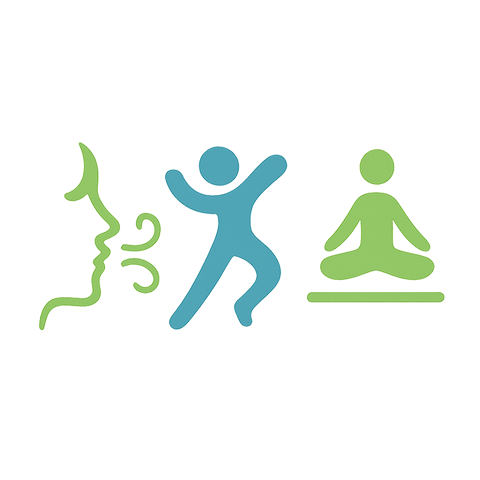Exploring the Power of Myofascia: A Strength Training Perspective
When we embark on our fitness journeys, we often focus on the muscles we can see and the strength we can visibly build. However, there lies a powerful yet often overlooked element: myofascia. This interconnected web of connective tissue plays a crucial role in how we train, how we perform, and how we ultimately feel in our bodies.
Myofascia encompasses the fascia that surrounds and supports our muscles. It’s not just a passive component; it actively contributes to movement and strength. Understanding this can elevate our training regimen to new heights, transforming the way we approach strength training and overall health.
The Importance of Myofascia in Fitness
Every time we lift weights or engage in strength training, we engage not just our muscles but also our myofascia. This tissue adapts and responds to the stresses placed upon it. Healthy, pliable fascia promotes more efficient movement patterns and enhances performance. Conversely, tight or restricted fascia can limit our range of motion and increase the risk of injury. Focusing on myofascia enables us to capitalize on our body’s potential, leading to greater strength gains and improved athletic performance.
Training for Myofascial Health
Incorporating exercises that enhance myofascial health into your training routine is essential. Regular foam rolling, dynamic stretching, and mobility work can help keep the fascia supple. These practices not only aid recovery but also help to prepare your body for intense activities. By prioritizing myofascial health, you will notice an improvement in flexibility, a reduction in soreness, and a greater range of motion in your lifts.
Myofascia and Overall Health
The impact of myofascia extends beyond the gym. It plays a key role in our overall health, influencing everything from posture to pain management. Chronic tension within the fascia can lead to discomfort, especially if we lead sedentary lifestyles or have poor movement habits. Engaging in regular physical activity and mindful practices like yoga or Pilates can promote greater awareness of our bodies and help release tension, leading to better health.
Finding Balance through Myofascial Awareness
As we deepen our understanding of myofascia, we begin to recognize the balance required between strength training and recovery. It isn’t just about pushing ourselves harder; it’s about listening to our bodies and respecting their needs. In doing so, we create a sustainable fitness routine that enhances both our physical and mental well-being.
Ultimately, exploring the power of myofascia offers us a more holistic approach to training. By acknowledging the beauty of this intricate web of tissue, we can elevate our strength training, improve our health, and truly embrace the active lives we strive for. As we forge deeper connections with our bodies, may we continue to nurture both our strength and our flexibility, leading to a more empowered existence.



